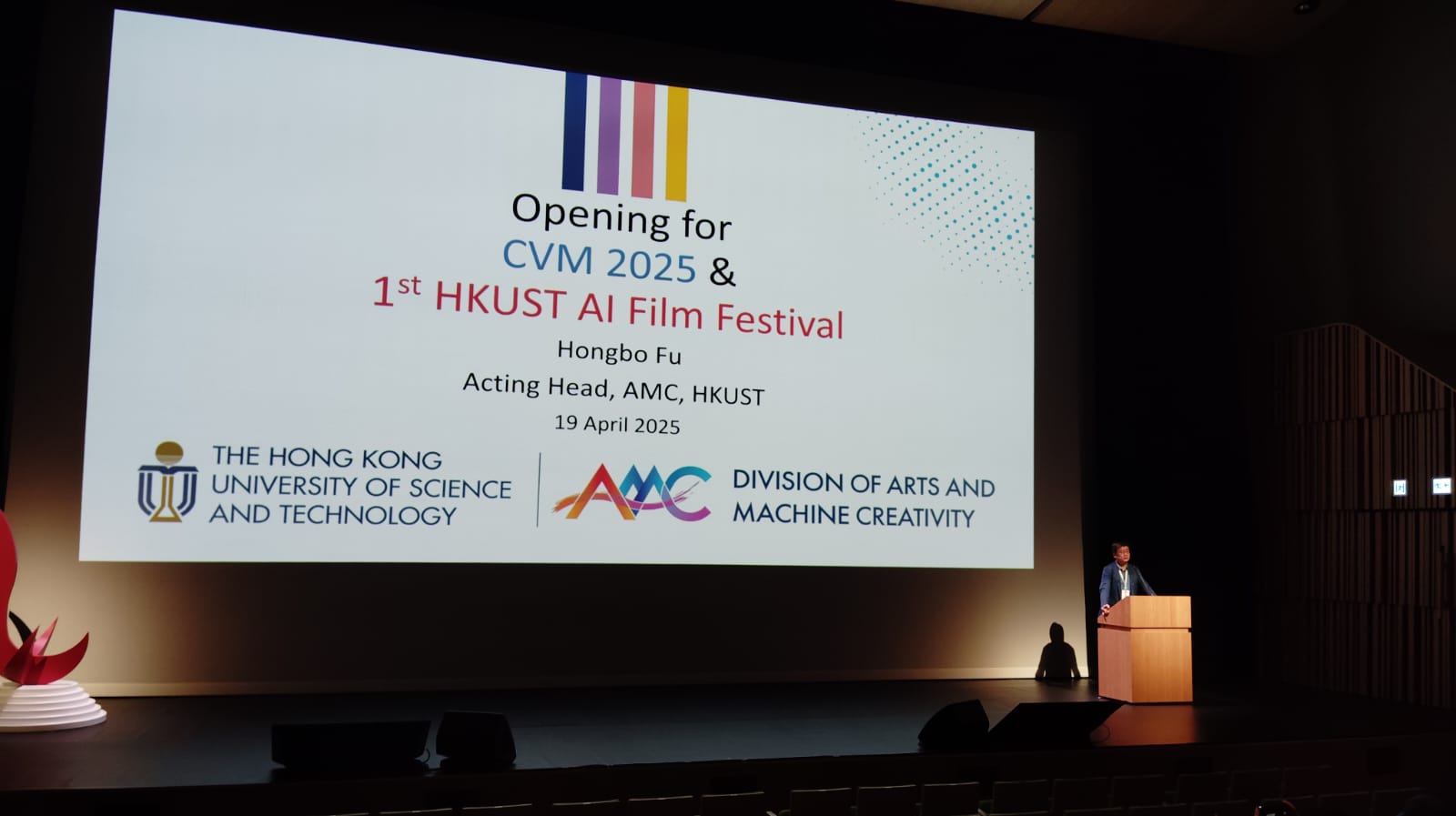The Downfall of Sidewalk Toronto: Lessons in the Challenges of Building Smart Cities
Design thinking principles could have saved this project
In 2017, the Quayside neighborhood on Toronto’s waterfront became the canvas for an ambitious vision of the city of the future, as imagined by Sidewalk Labs – a subsidiary of Google’s parent company Alphabet. Sidewalk Labs had a $1.3 billion plan to transform the 12-acre site into a high-tech, sustainable urban district that would showcase the power of data-driven, technology-enabled city planning.
However, just three years later in 2020, Sidewalk Labs abruptly pulled out of the project, citing the economic uncertainty caused by the COVID-19 pandemic. But the real reasons for the project’s downfall ran much deeper than just the financial impacts of the health crisis.
The Promise of Sidewalk Toronto
Sidewalk Labs’ vision for Quayside was nothing short of revolutionary. The plan called for constructing thousands of residential units using innovative mass timber construction – a more eco-friendly and efficient building material. The neighborhood would have featured extensive public transit, autonomous vehicle infrastructure, and a network of sensors and cameras to optimize everything from traffic flow to energy usage.
Sidewalk Labs touted the project as “the most innovative district in the world,” promising it would reduce greenhouse gas emissions by 89%, create up to 44,000 new jobs, and generate $4.3 billion in annual tax revenue. It was positioned as a replicable model for how technology and data could be leveraged to build sustainable, livable, and prosperous urban communities.
The Unraveling of Trust
However, the Sidewalk Toronto project quickly ran into major roadblocks, primarily due to a breakdown in trust between the company and the local community. Several key factors contributed to this:
- Lack of Transparency: Sidewalk Labs was criticized for a lack of transparency around its plans and the data it intended to collect from the neighborhood. This fueled concerns about privacy and surveillance among residents and government officials.
- Overreach and Scope Creep: The project’s ambitions grew over time, expanding from the initial 12-acre Quayside site to encompass a much larger 190-acre area. This raised questions about Sidewalk Labs’ true intentions and whether it was trying to exert too much control over the city’s development.
- Conflicting Priorities: While Sidewalk Labs touted sustainability and livability as key goals, critics argued the company was more focused on commercializing data and maximizing profits than truly serving the community’s needs.
- Governance Challenges: The project involved a complex web of government agencies and bureaucracies, which Sidewalk Labs struggled to navigate effectively. This led to confusion, delays, and a lack of clear decision-making authority.
The Lessons for Smart City Initiatives
The downfall of Sidewalk Toronto offers several important lessons for other smart city projects:
- Prioritize Transparency and Community Engagement: Smart city initiatives must be built on a foundation of trust, which requires open communication, genuine community involvement, and a clear understanding of how data will be used.
- Align Priorities and Manage Expectations: Technology and data should be enablers, not the end goal. Smart city projects must balance innovation with the real needs and concerns of residents.
- Navigate Governance Complexity: Navigating the web of government agencies, regulations, and stakeholders is critical. Smart city initiatives need clear decision-making structures and the ability to adapt to evolving policy landscapes.
- Start Small and Iterate: Rather than attempting to transform an entire city at once, smart city projects should begin with smaller, more manageable pilots that can be tested and refined over time.
The failure of Sidewalk Toronto serves as a cautionary tale, but also an opportunity to learn how to build truly citizen-centric smart cities that leverage technology to improve quality of life, not just maximize profits. By heeding these lessons, future smart city initiatives can avoid the pitfalls that doomed Sidewalk’s ambitious plans.










